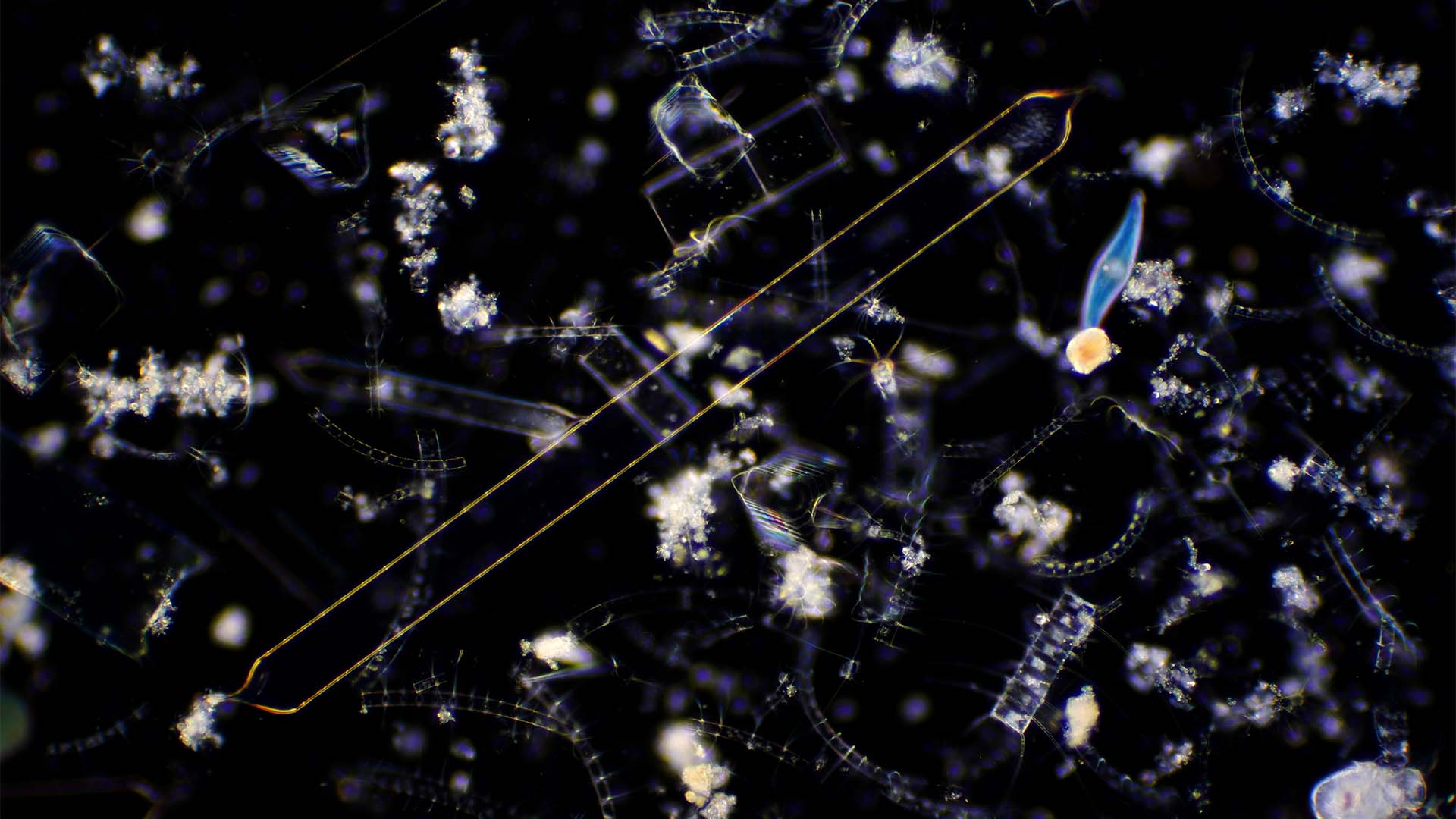Ancient eukaryotes frequently traversed saltwater barrier
A research group co-led by SciLifeLab fellow alumnus Fabien Burki (UU) have studied the global rates of transitions between habitats across the eukaryotic tree of life. The researchers were surprised by the high number of transitions between saltwater and non-saltwater habitats.
Across evolutionary time, crossing the barrier from salt to freshwater or land has been a major obstacle for many organisms. Microbial eukaryotes are a very diverse group and consist of everything from fungi and amoebas to green algae, diatoms, and ciliates.
“It’s likely that two of the largest groups of eukaryotes, called SAR and Obozoa, either of which is much larger than the plant and animal kingdoms, arose in completely different habitats,” explains lead author and SciLifeLab researcher Fabien Burki in a press release.
“The SAR lineage, which includes groups like diatoms, ciliates, dinoflagellates, radiolarians, etc., first arose in the Precambrian oceans. On the other hand, the ancestral Obazoan, which has now diversified into fungi, animals, choanoflagellates, and amoebozoans, likely inhabited non-marine habitats”, he continues.
The role of the salt barrier in shaping the diversity across the eukaryotic tree has never been fully explored. The traditional view is that only a few transitions between marine and non-marine ecosystems took place in the ancient past.
“We found that organisms in the eukaryote tree of life are generally grouped by whether they live in the oceans, or in non-marine habitats like freshwater and soils,” says lead author Mahwash Jamy.
The researcher’s investigation spanned a period of the last two billion years, with a focus on the evolving habitat preference of Eukaryotes. Specifically, to map the role and frequency of habitat transitions for microbial eukaryotes.
“This finding confirms that adapting to a different salinity—or crossing the salt barrier—is difficult, even for microbes. However, we found that microbial eukaryotes have still managed to successfully establish themselves in new habitats several hundred times during their evolution, and we’re likely to discover more of these transition events as we sequence microbes from more locations. It’s likely that these difficult-to-achieve transitions have allowed colonizing organisms to occupy vacant ecological niches, leading to the vast diversity of eukaryotes we see today”.
In the study, published in Nature Ecology and Evolution, the researchers describe how they used a unique set of taxon-rich phylogenetics inferred from a combination of long-read and short-read environmental metabarcoding data spanning the ribosomal DNA operon.
The sequenced DNA was sampled from microbes in forest soils, the Mariana Trench, the Indian Ocean, boreal lakes and many other environments relevant to their study of habitat transitions. The researchers could then build large phylogenetic trees and use them to identify patterns in the evolution of habitat preference and investigate the habitat evolution across the tree of eukaryotes.
“We were very surprised to find many instances where, for example, the DNA sequence of a fungus living 7,000 meters below the sea, is almost identical to the DNA sequence of a soil fungus. Such findings build on previous studies and suggest that fungi seem to be superheroes when it comes to adapting to completely different habitats and salinities, followed by diatoms and golden algae as distant seconds. These results raise even more questions about what makes fungi so special”, says Mahwash Jamy.
“Our study shows that the salinity shift between marine and non-marine habitats has played an important role in shaping eukaryotic evolution. There is a lot more exciting research to be done now, and the next step will be to turn to genomics to find out what genetic mechanisms are underlying these seminal evolutionary events”.





